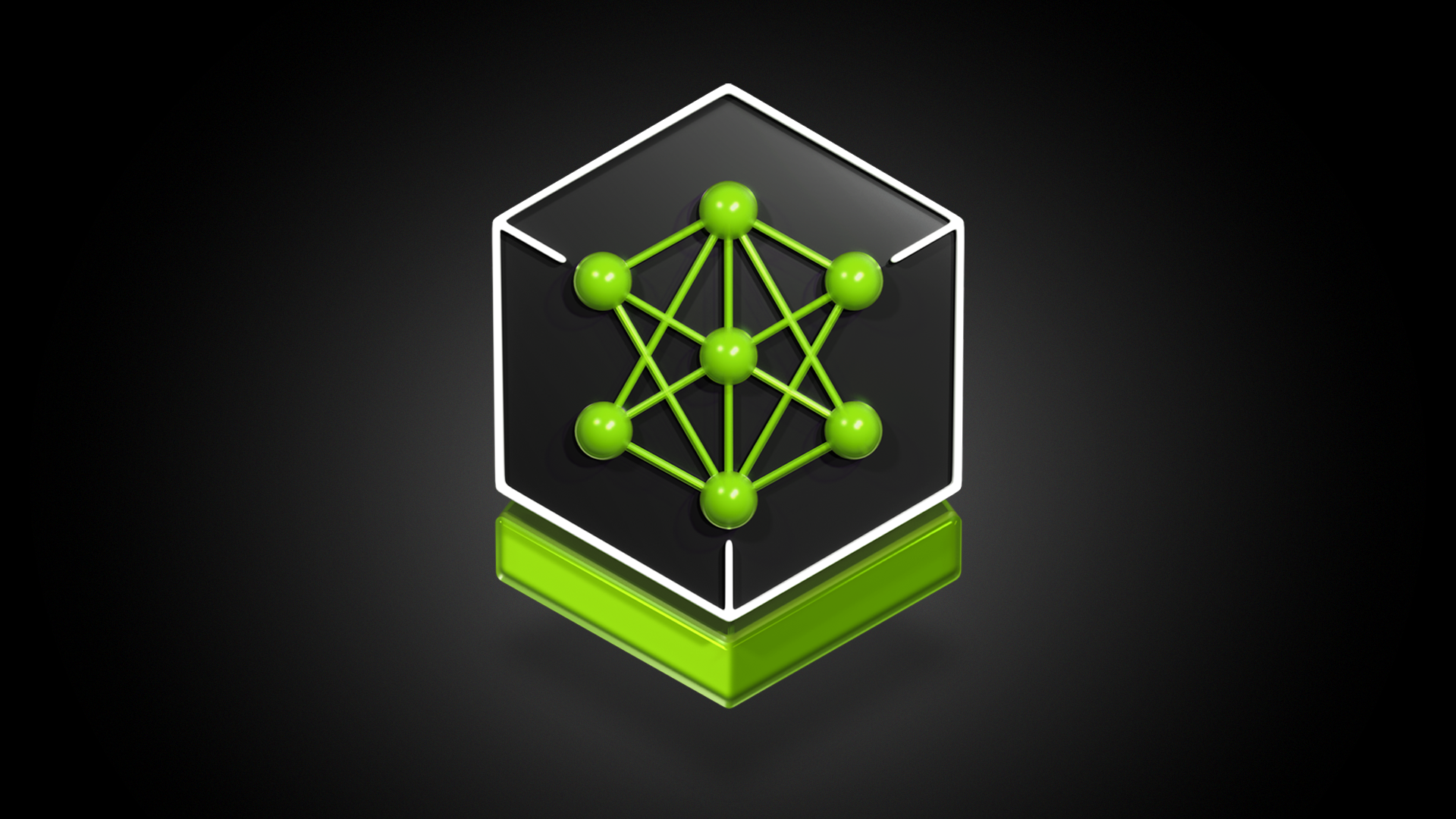Nvidia NIM aims to bring AI applications to businesses faster

Key Points
- Nvidia announces NIM microservices, which package AI models in containers and are designed to reduce deployment time of AI applications from weeks to minutes. NIM is supported by major software vendors including SAP, Adobe, and Dropbox.
- NIMs run on Nvidia GPUs and can be deployed in a variety of environments, including the cloud, Linux servers, and serverless models. They also support Retrieval Augmented Generation (RAG) capabilities and vector database providers such as Apache Lucene and Redis.
- Developers can experiment for free on the ai.nvidia.com platform, while commercial deployment is available with Nvidia AI Enterprise 5.0 on Nvidia-certified systems and cloud providers. SAP will use NIM microservices to accelerate the use of generative AI in enterprise applications.
Nvidia's NIM packages key components of an AI application, such as AI models, APIs, or libraries, into a container.
Nvidia announces NIM microservices at GTC. NIM packages optimized inference engines, industry-standard APIs, and AI models in containers for easy deployment. NIM is supported by major software vendors including SAP, Adobe, Cadence, CrowdStrike, Getty Images, ServiceNow, and Shutterstock, and data platform vendors including BOX, Cohesity, Cloudera, Databricks, Datastax, Dropbox, NetApp, and Snowflake. NIM is also part of the Nvidia Enterprise AI Software Suite, which is receiving its 5.0 release today at GTC.
Specifically, a NIM is a container full of microservices that can include open or proprietary models running on Nvidia GPUs. The container can be deployed anywhere a container can run, such as a Kubernetes deployment in the cloud, a Linux server, or a serverless function-as-a-service model. NIMs will also support things like Retrieval Augmented Generation (RAG) capabilities for the enterprise. Vector database vendors such as Apache Lucene, Datastax, Faiss, Kinetica, Milvus, Redis, and Weaviate support NIMs.
NIMs are designed to reduce the time to deploy AI applications from weeks to minutes, Nvidia said. Users should be able to securely host their data-driven applications on their own infrastructure and scale them as needed.
Developers can experiment with the new microservices for free on the new ai.nvidia.com platform, and commercial deployment of NIM microservices is available through Nvidia AI Enterprise 5.0 on Nvidia-certified systems and cloud providers. The company plans to continually improve NIM microservices, including optimizing the AI models used on Nvidia hardware.
NIM microservices for SAP and biotech
SAP is one of the first major companies to use the new NIM microservices to accelerate the use of generative AI in business applications. The goal is to enable customers to leverage their business data in SAP cloud solutions with generative AI.
The collaboration will focus on the development and deployment of SAP Business AI, including scalable, business-specific generative AI capabilities within SAP's Joule Copilot and across SAP's cloud solution and application portfolio.
Nvidia also unveiled a broad set of microservices designed to advance drug discovery and medical technology. Available via the cloud, the more than two dozen services are based on AI models and tools optimized specifically for healthcare. They include advanced imaging, speech recognition, and generative biological and chemical prediction and simulation.
Nvidia's BioNeMo is also getting an update with new models for analyzing DNA sequences, predicting changes in protein structure caused by drugs, and determining cell function based on RNA, among others. The models are now also available as microservices through Nvidia's NIM.
The BioNeMo models will also soon be available through AWS HealthOmics, a service designed specifically for healthcare and life sciences.
AI News Without the Hype – Curated by Humans
As a THE DECODER subscriber, you get ad-free reading, our weekly AI newsletter, the exclusive "AI Radar" Frontier Report 6× per year, access to comments, and our complete archive.
Subscribe now